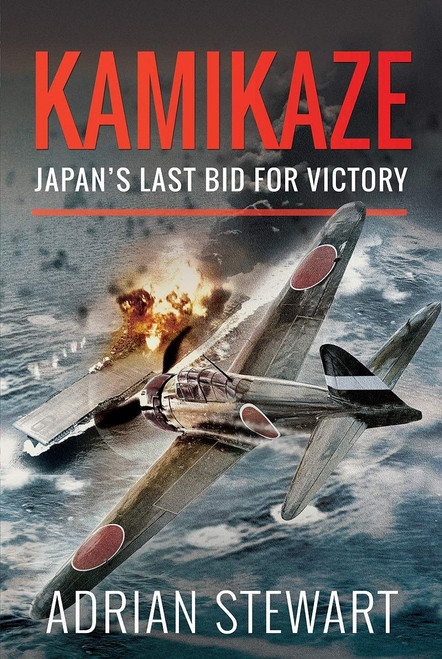When the first notice that author Saul David was writing a book on Company K, Third Battalion, 5th Marine Regiment, it was said that this would be the new “Band of Brothers” – only this highlighting the unit made famous in Eugene Sledge’s magnificent autobiography, “With the Old Breed” and even more so in the HBO Mini-Series “Pacific”.
David started out with a disadvantage that Stephen Ambrose didn’t have – when Ambrose started work on his book in the late 1980s, a relatively large number of Easy Company, 101st Airborne Division, the unit featured in the book, were still with us. Unfortunately, virtually all of K Company have passed away. David was unable to meet and interview any members who were actually “there”. However, he had laid the groundwork with his previous book, “Crucible of Hell”, about the Okinawa Campaign. He also had the assistance of some first-rate memoirs written by members of the unit, including Sledge, Thurman Miller (“Earned in Blood”), Jim McEnery(“Hell in the Pacific”) and R.V. Burgin (“Islands of the Damned”). In addition, he had access to a number of letters written to and from the men of K Company, as well as extensive research and interviews with family members. The result was an excellent book, which will, I believe, stand beside “Band of Brothers”.
K/3/5 participated in four amphibious landings in World War II. Guadalcanal, Cape Gloucester, Peleliu and Okinawa. Unlike Vietnam and modern wars, most Marines went through at least three of these landings before there was any hope of being rotated back. David does a good job of explaining and interpretating the war from a “grunt’s” level but also interweaves what was going on in the outside world. He details the fighting but also the disease and combat fatigue felt by the men as they went through the war.
Unlike (mostly) BoB, the main “cast of characters” changed as the war went on. The early marines like Miller and McEnery were either casualties or left. Undoubtedly the main event happens in February, 1943, during the unit’s sojourn in Australia. Captain Andrew Haldane took over K Company. He was the glue to really pulled K Company together, both veterans and new replacements. He was one of those men that you never read a negative word. Most of his Marines said he was the best officer they had in the entire war. A graduate of Bowdoin (as was Joshua Chamberlain of the Civil War’s 20th Maine) For the next 18 months he almost faultlessly guided K Company until he was killed by a sniper on Peleliu in September, 1944. K Company never did quite recover from his loss.
In mid-1944, Eugene Sledge arrived on Pavuvu, where the 1st was training for the next operation. Much of the rest of the book is seen through Sledge’s eyes. In addition to Sledge’s book, David was able include much additional material from information which Eugene Sledge could not include in his book. Sledge was aided by Eugene Sledge’s son Henry, who also wrote the foreward for this book.
Peleliu and the latter stages of Okinawa were the true Golgotha of K/3/5. Peleliu was supposed to be a “quickie – “two or three days” – and stretched out to over two months. Faced with a dug-in Japanese enemy in caves, rocks and bare ridges, they suffered from lack of water, heat shortages of food and sometimes ammunition. Frontal attacks made against Japanese positions were extremely costly, as David illustrated. Sledge gives the 5th Marines’ commander, Bucky Harris, credit with shielding the 5th from the worst of them. But two-thirds of K/3/5 became casualties.
The final operation was Okinawa, which, after a brief “honeymoon” of light resistance and relatively few casualties, the 1st Marine Division, along with their sister Marine and Army divisions, were faced with rooting out a determined and dangerous Japanese enemy, mainly through frontal attacks. Conditions were in some ways similar to the Western Front with mud, the “garbage” of battle, deteriorating bodies. The result was nearly 50,000 U.S. casualties and over 200,000 Japanese military and Okinawan civilian casualties.
For an Englishman, David did a very good job of describing the Pacific War for K/3/5, even if he did allow some “ours” (“flavour”, “honour”) to creep in! Considering that he could not directly interview any of the participants, he did as well or better than those earlier authors who did have access.
Three relatively minor criticisms:
1) The book, considering its length, could have use more and detailed maps.
2) The irritating habit of David, referring to General Douglas MacArthur as “Doug”.
3) While David’s descriptions of K/3/5 were almost error-free, I’d suggest him reading a copy of “Jane’s Fighting Ships” and learning more about the naval side of things for his next book. He said the carrier USS Franklin was “towed” back to the U.S. where she received “a new hull”. The BB South Dakota was referred to as the “North Dakota”; The Japanese had THREE Yamato-Class BBs present at Midway, and Japanese planes were caught on their flight decks at Midway, as well as several others.
But “on land”, Saul David did an excellent job. 4-1/2 stars out of five.







